This website uses cookies so that we can provide you with the best user experience possible. Cookie information is stored in your browser and performs functions such as recognising you when you return to our website and helping our team to understand which sections of the website you find most interesting and useful.
IoT Product Development: Technologies, Trends 2023, and Market Overview


Nina Bibikova
IT Writer, Specializes in Electronics and Software Development Topics

Andrey Solovev
Chief Technology Officer, PhD in Physics and Mathematics
The Internet of Things (IoT) is a variety of devices equipped with sensors, computing capabilities, and other technologies that are individually addressable and communicate with other devices. Communication among devices is carried out without human intervention.
The number of connected IoT devices worldwide promises to triple in the ten years from 2020 to 2030 and exceed 29 million gadgets.
IoT devices are used in all industries and consumer markets. The largest share of 32% now belongs to consumer Internet and media devices. This sector will hold the palm for at least another ten years.
In this article, we are going to describe IoT types and technologies, IoT industry trends in 2023, and global threats related to connected devices. Go ahead! It will be interesting!
What is the Internet of Things?
Intertwined with many technologies, IoT remains a separate area of the IT industry and is growing at an impressive pace.
While the global installed base of non-IoT connected devices is slightly increasing, the number of IoT devices has been booming in recent years.
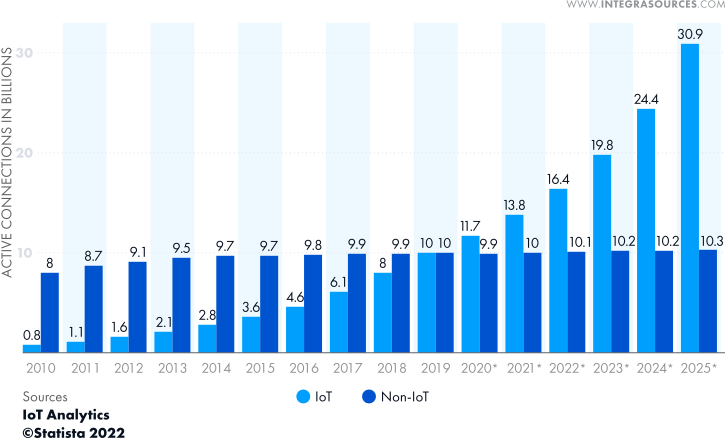
IoT includes numerous objects with completely different fields of application: household appliances, medical devices, manufacturing equipment, and vehicles.
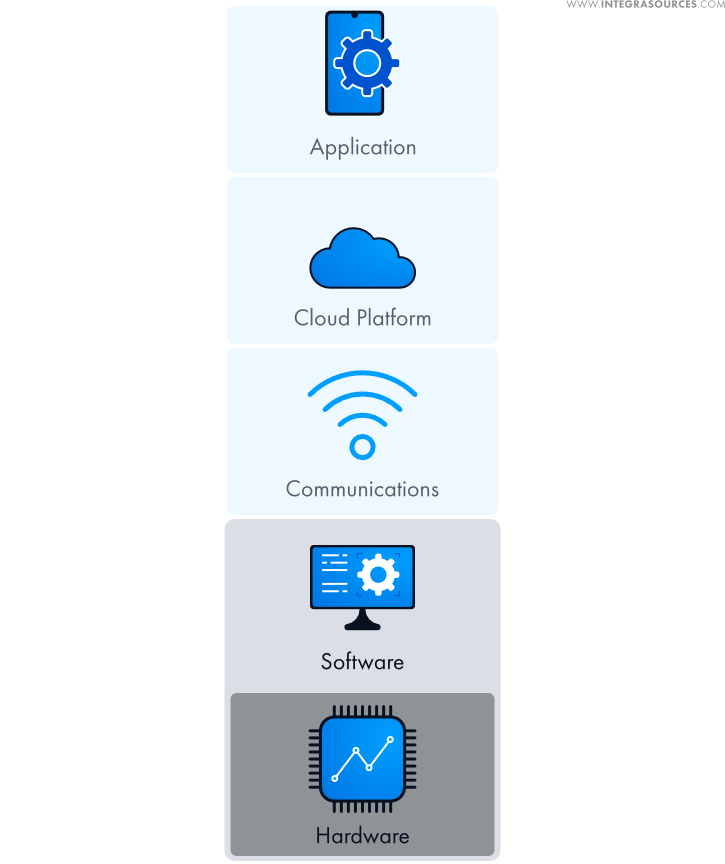
Various technologies form a stack and work together for IoT devices to be helpful.
- Hardware
Device hardware includes a processor with sufficient power, along with various sensors, speakers, actuators, and other components.
- System software
The software runs on the device's processor and controls its operation.
- Wireless technologies and communication protocols
Various wireless technologies, such as Wi-Fi, Bluetooth, LPWAN, LoRaWAN, 2G/3G/4G/5G cellular networks, MQTTS, HTTPS network protocols, and many others, are used for IoT communication.
- Cloud platforms
Cloud platforms, which have computing resources and databases, like Amazon Web Services (AWS) and Microsoft Azure, process and store data from IoT devices.
- Software applications
Applications allow users to interact with the IoT system by providing various analytics, reporting, and management functions.
Despite differences in size, complexity, and usage, connected devices serve the same purpose—to make our lives easier and our businesses more efficient.
Integra Sources is one of the top developers of custom software and hardware solutions for the Internet of Things, according to reliable rating agencies Clutch, GoodFirms, and Techreviewer.
We have vast experience in custom IoT product development. Get in touch with us, and we will help you bring your tailor-made IoT solution to life.
Types of IoT and Use Cases
There are several approaches to grouping IoT-connected devices. The most common way is to divide the IoT depending on the scope of use.
Consumer IoT and Industrial IoT Devices
Consumer IoT, as the name suggests, refers to connected devices designed for consumers. These are smartphones, smart watches, trackers, other wearables, smart assistants, and household appliances.
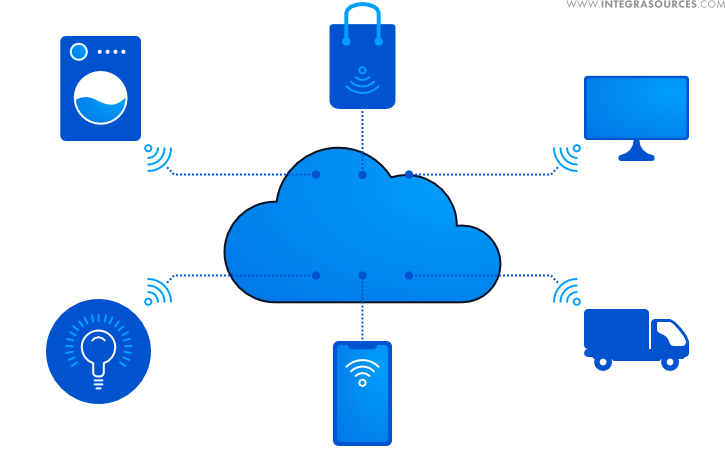
Consumer IoT forms the largest group of devices and is expected to maintain its lead in the coming years.
The Industrial Internet of Things (IIoT), which includes IoT for business and military IoT, is represented by numerous devices that help improve the efficiency of industrial systems in mining, manufacturing, medical, agricultural, automotive, logistics, and many other fields.
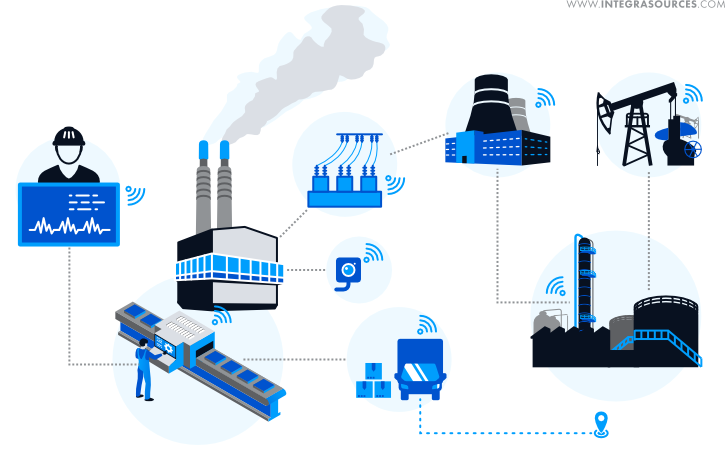
IIoT is inferior to consumer IoT in quantity, but surpasses it in cost.
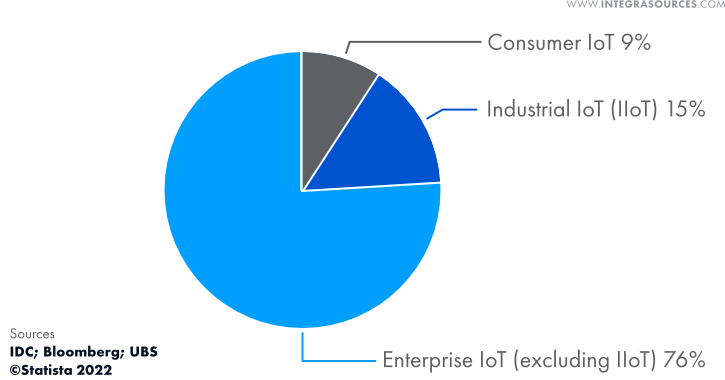
Some solutions are difficult to attribute to one market segment since they can be used in different areas with equal efficiency.
For example, our developers have created an energy-saving geolocation system for people searching and asset tracking in underground mines. The IoT solution can be applied for various purposes, including consumer needs.
A gateway device is attached to the miner's belt to capture signals transmitted by Bluetooth beacons installed around the controlled area.
The device picks up the signal and transmits its ID via Wi-Fi, allowing employees to know where the gateway device is underground at any given time. The IoT system uses Bluetooth, GPS, Wi-Fi, and 3G to communicate above and below ground.
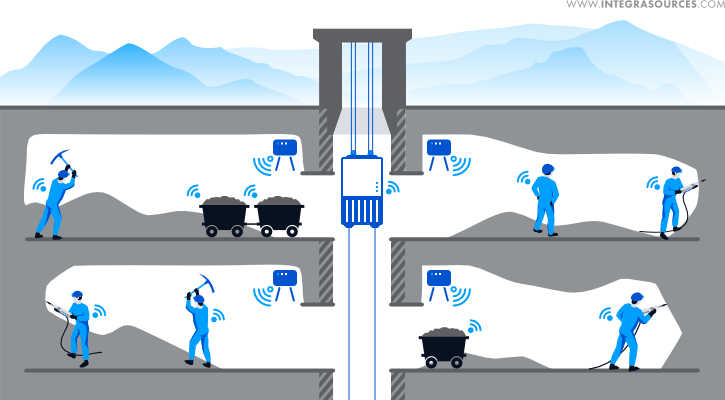
Our collaboration with the mining company resulted in a low-power device with a waterproof and shockproof case created to work in extreme conditions: high humidity, low temperatures, a high probability of physical damage, a poor GPS connection, and no 3G signal. A small gadget can make a big difference in mining safety.
According to experts, connected worker technologies will add $59 billion to the mining industry from 2016 to 2025 worldwide.
Short-range and wide-area connected devices
Both industrial IoT and consumer devices use several forms of wireless technology to communicate. Each option differs in power consumption, range, and throughput. There is no ideal solution, and the best wireless technology option is selected based on the requirements of a particular IoT system.
Depending on the wireless technologies used, IoT devices can be divided into short-range IoT and wide-area IoT. This division is conditional since there are a lot of devices that combine both technologies.
Short-range wireless technologies are local and personal (LAN/PAN) networks that cover short distances.
These technologies include Bluetooth, Wi-Fi, and the more energy-efficient Bluetooth Low-Energy (BLE) wireless networking protocol.
Systems on a chip (SoC) that implement short-range radio functionality are reliable, inexpensive, and good at edge processing. Most smartphones and tablets can be used to configure and poll BLE sensors.
Despite many obvious advantages, short-range technologies also have their drawbacks.
For example, the range of BLE or Wi-Fi is small. BLE does not support the widely used Internet protocols IPv4 and IPv6.
BLE-based SoCs also have limited processing and memory capabilities.
Mesh networks like Zigbee are also short-range networks. They are reliable and easy to install. They have rather high power consumption and need repeaters to provide the required coverage.
Experts predict that Wi-Fi, Bluetooth, Zigbee, and other short-range technologies will dominate the number of IoT connections in the coming years compared to other communication technologies.
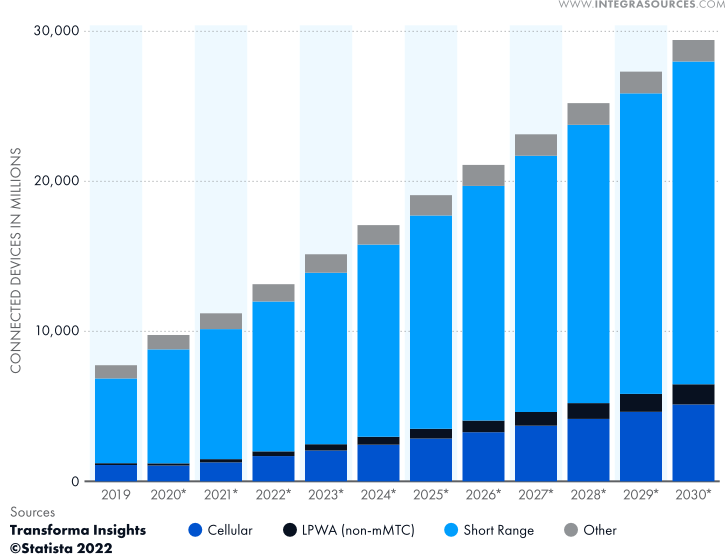
Low-power wide-area (LPWA) technology has cellular (Narrowband or NB-IoT, and LTE-M) and non-cellular (LoRaWAN, Sigfox, etc.) variants.
LoRaWAN features low power consumption and relatively inexpensive chipsets. Moreover, a single gateway operating in a LoRaWAN network can cover up to 30 kilometers.
LPWA-based chips have powerful processors and more memory than short-range SoCs. They can support better analytics at the edge.
According to Statista, the number of short-range IoT objects worldwide is more than 80% of the total number of devices.
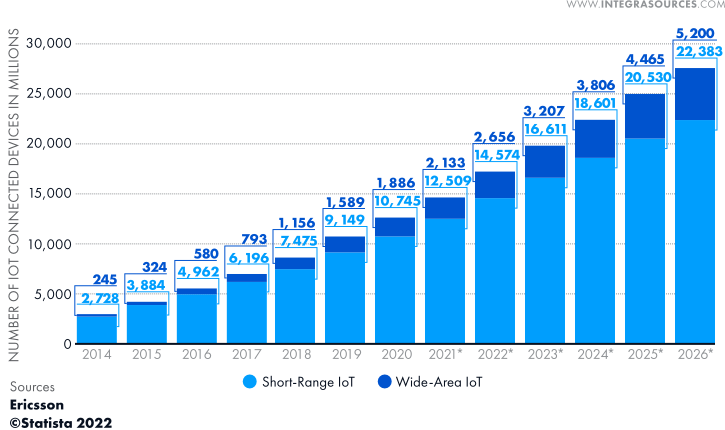
Manufacturers often combine wide-area and short-range technologies in one IoT system to get maximum benefit.
Integra Sources’ engineers used BLE, cellular networks, and LoRaWAN for custom agricultural IoT development.
A complex IoT system consists of several parts that have individual functions and support different wireless technologies.
Some of the system components are devices with sensors installed on hay balers. Sensors record the number of collected bales and provide agricultural machinery geolocation data.
A cross-platform Qt application displays the GPS coordinates of haystacks and running machinery on a map and shows yield calculations.
The mobile device uses BLE to receive information from IoT devices. The data is stored in an AWS database.
The sensors in the warehouse next to the hay bales also belong to the IoT system. They transmit bale temperature and humidity data via LoRaWAN to the AWS server.
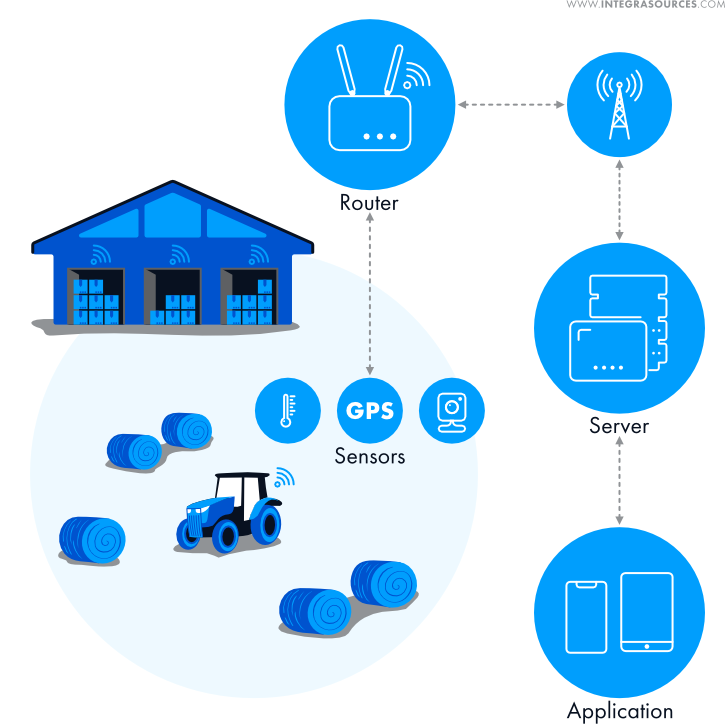
A low-power, low-cost, and long-range communication protocol is a good choice for passing along crop-related data that is crucial for maintaining the quality of harvested products and ensuring fire safety.
Temperature, humidity, pressure, and gas supply sensors inside the dryer chambers transmit data to the farmer's mobile app using BLE and cellular connections. The connection method is automatically selected, based on the distance to the dryer.
Integra’s developers have selected the appropriate wireless technology option for each part of the agricultural IoT complex, taking into account numerous system and environment features.
Farmers can save money by using an IoT system for accurate bale accounting and well-organized control over the quality of goods stored.
The world of consumer IoT
The fundamental differences between consumer and industrial IoT devices are service life and reliability.
As a rule, the hardware of connected devices for consumers is cheaper than industrial ones and is designed for a shorter lifespan. In the event of a breakdown, the device is likely to be replaced rather than repaired and upgraded.
The IIoT's lifespan is typically very long. IIoT integration into existing enterprise systems is complex and time-consuming because devices must fit into a specific manufacturing process.
IIoT equipment must have an extended service life, so high reliability requirements are placed on it.
According to Forbes, the most demanded consumer IoT devices today are smartphones, smartwatches, remote patient monitoring devices, smart TVs, connected car apps, hearables, home control devices, and connected cameras.
We are currently seeing a steady increase in interest in consumer IoT. Suffice it to say that wearable device shipments grew 18.5 times from 2014 to 2021.
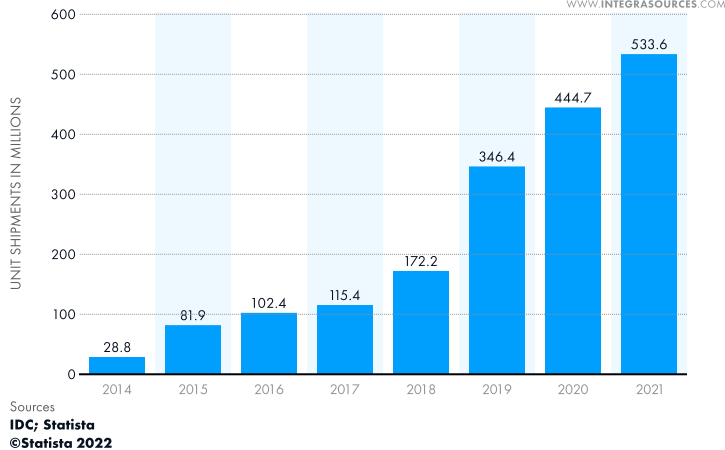
Wireless hearables alone sold 310 million units worldwide in 2021.
Integra Sources has been designing the IoT for businesses and consumers for more than eight years. Our experience in IoT app development and hardware design includes creating from scratch and improving existing gadgets.
We've improved a customer's wireless capacitive case that recognizes individual touches and allows users to switch between gamepad and keyboard modes.
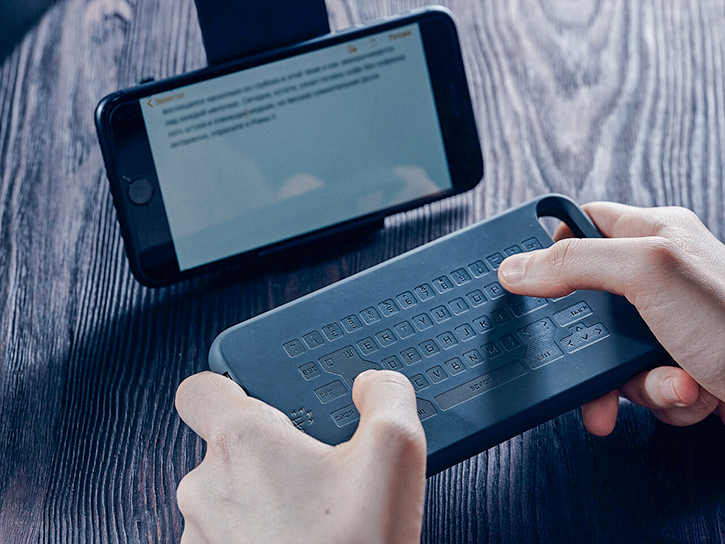
Our developers have identified weaknesses in the hardware solution, adapted the firmware for the new hardware version, and implemented the device firmware update via USB, reducing the update time to 10 seconds.
Integra's specialists have also implemented HID keyboard and gamepad modes for the capacitive case. The device greatly simplifies gaming and typing on the phone.
Why IoT
IoT is the third most popular IT trend that North American and European companies have implemented or plan to implement by 2023.
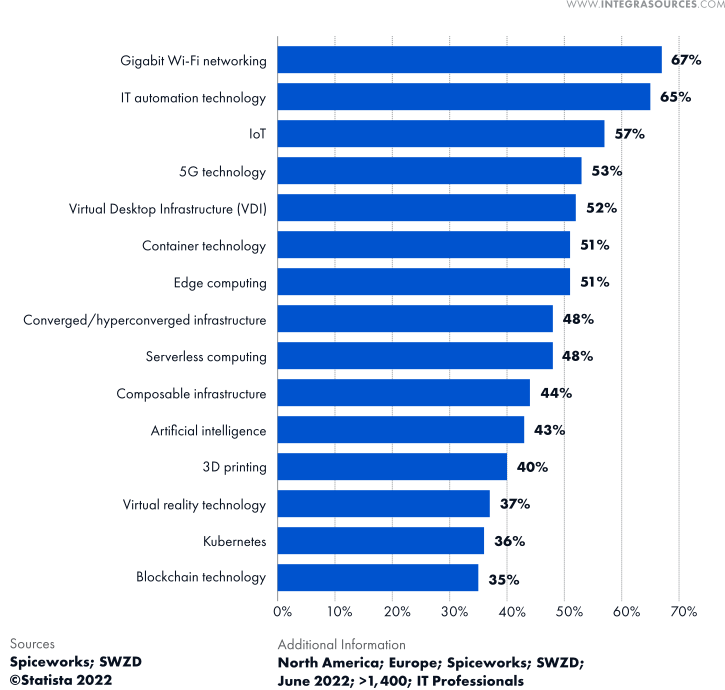
Why are connected devices in such demand?
According to one of the leaders in developing IoT business applications, Microsoft, 56% of companies implement IoT to optimize operations, and 47% of businesses use connected devices to improve productivity. About 44% of companies use IoT to improve safety and security, and 30% to 40% of companies use IoT for supply chain management, quality assurance, and asset tracking. Consumer IoT devices help ensure a better quality of life.
Sensors and IoT devices keep equipment up and running for longer, greatly reducing maintenance costs and helping to avoid major breakdowns and long downtimes.
Embedding IoT in manufacturing processes leads to operations being completed faster and with fewer errors, increasing workflow productivity and efficiency.
IoT is successfully applied in logistics, warehousing, and inventory management, taking over the most routine and time-consuming operations and allowing employees to focus on urgent issues. Logistics app development helps visualize data collected from connected devices and provides statistics in a user-friendly way.
Remote data access and remote work on a single network have proven their value during the COVID-19 pandemic.
Bringing operations to a new level has become possible, among other things, thanks to IoT.
Combined with machine learning, IoT enables companies to track and process data related to users and their preferences. Targeted advertising shortens the purchase cycle and creates new customer demands.
IoT implementation can bring tangible financial benefits to businesses.
So, the revenue of the Intel Internet of Things Group in the fourth quarter of 2021 reached its highest quarterly figure of $1.1 billion, not only catching up but also significantly improving its pre-COVID financial performance.
The biggest IoT companies in the world are:
- Intel, with IoT-optimized Intel® Processors;
- Microsoft, with Azure platform, Microsoft Streaming Analytics, and Microsoft Band;
- IBM, with IoT-optimized cloud services such as the IBM Watson® IoT Platform;
- Apple, with its intelligent device technology ecosystem;
- Samsung, with outstanding wearable technology;
- Cisco, with network equipment development and hosting the World IoT Forum;
- Google, with Google Glass and self-driving cars;
- SAP, with HANA database, which is claimed to simplify business IoT applications.
The list also includes Oracle, General Electric, Amazon, HP, Verizon, and other IT giants.
Their research teams are driving trends in the IoT for the coming years.
Internet of Things Market Trends 2023
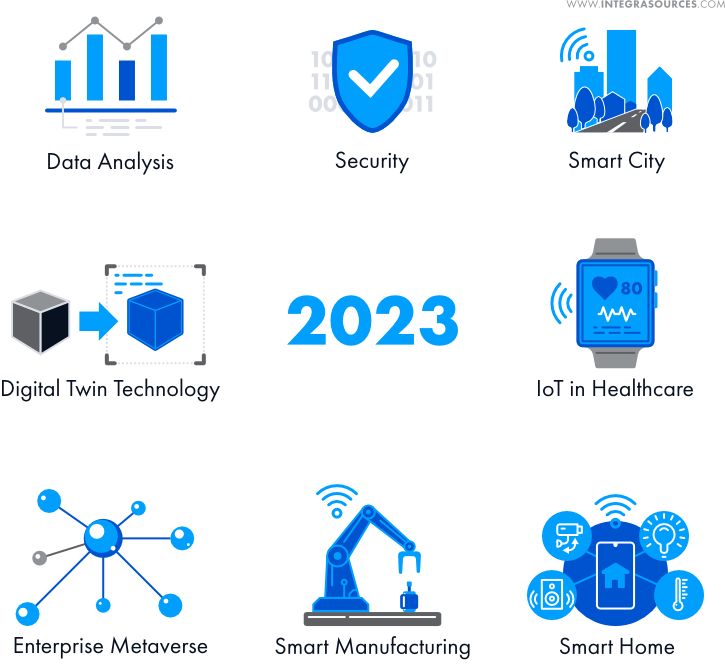
- Data Analytics
As the IoT market grows, so does the amount of data processed by devices. One of the IoT technology trends in 2023 will be artificial intelligence (AI).
AI-based analytics tools, such as machine learning and computer vision, are essential for efficient data processing.
IoT machine learning provides complex algorithms for analyzing large amounts of data, complementing or completely replacing time-consuming processes.
IoT with machine learning is used in autonomous vehicles, industrial automation, agriculture, healthcare, commerce, and many other areas.
- Digital twin technology and enterprise metaverse
Digital twins are digital simulations of physical objects or systems.
The computer program receives an object’s data and creates models and predictions of its state.
The digital twin can simulate a physical object in real time. Data received from sensors is then transferred to the processing system and applied to the twin. The digital copy can be complex or simple, depending on your needs. The digital twin technology driven by IoT is applied in automotive, healthcare, and manufacturing.
Digital twins are superior to computer simulations in terms of interactivity and the number of processes investigated.
Digital copies exist in a two-way data flow from sensors to the system processor and back to the original object.
Multi-vector flows connect digital twin technology with the enterprise metaverse and edge computing for efficient and secure data management.
Enterprise metaverses are virtual platforms where companies can market their digital tools and services.
- Security
According to experts, IoT is currently one of the top three resources that are most at risk of cyber attacks, along with data stores and personal devices for remote work.
It is not surprising that developers have put a lot of effort into data privacy, using complex approaches or blockchain technologies for IoT security solutions.
- Smart city
IoT solutions help city authorities create a convenient urban environment, improve security, and effectively solve problems, improving the quality of city life. For several years, smart city technologies and solutions have been in IoT development trends.
Projected global revenue from smart city technologies, products, and services will exceed $241 million by 2025, up 61% from 2022.
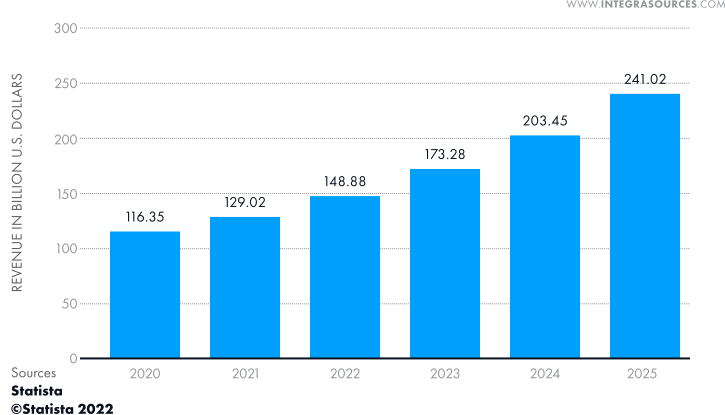
- Smart Home
Smart homes are, without a doubt, the mainstream of recent times. Intelligent IoT solutions make our lives more comfortable by automating many processes.
You can check your home security system, regulate lighting and the thermostat, and turn on voice assistance or video entertainment from your smartphone.
By 2025, consumer spending on smart home products and services is predicted to rise to more than US$170 billion. The number of households with smart home systems worldwide will exceed 400 million.
- Intelligent Manufacturing
The growing demand for production automation is pushing industrial IoT development. The trend toward equipping manufacturing processes with intelligent IoT solutions will continue into 2023.
- IoT Devices in Healthcare
IoT solutions for healthcare exist at the intersection of consumer and industrial IoT solutions.
The Internet of Things helps diagnose and monitor patients in medical centers and at home.
Integra Sources specialists helped finalize a user device for malignant skin disease detection.
By improving the algorithms for image processing and recognition, we have increased diagnostic accuracy by up to 80% and reduced image-processing time.
The device enables anyone to diagnose a nevus and obtain an accurate result on their own.
The IoT market will continue to grow in many directions in the consumer and industrial sectors. Both simple, low-cost devices and complex, intelligent IoT solutions will be in demand in 2023.
News from the world of IoT, the latest technological innovations, as well as the challenges facing the developers of connected devices, are discussed at international forums, symposiums, and summits.
The 8th IEEE World Internet of Things Forum 2022 (WF-IoT 2022) was held in Yokohama, Japan, at the end of October 2022.
The leading IoT event of the year will be the IoT Solutions World Congress, which will take place at the end of January 2023 in Barcelona.
The AI IoT World Congress 2023, taking place in June 2023 in the United States, will bring together scientists and students to discuss ideas and news in artificial intelligence and IoT.
The meetings share the latest news from the research and academic communities across several thematic areas, bringing together participants from all over the world to share experiences and enlighten them.
Challenges in IoT Development
IoT development integrates software and hardware devices, as well as data collection, transmission, analysis, and storage.
The combination of hardware design and software development complicates the process of building IoT. Engineers should pay maximum attention to the most challenging steps for IoT solution development to be successful.
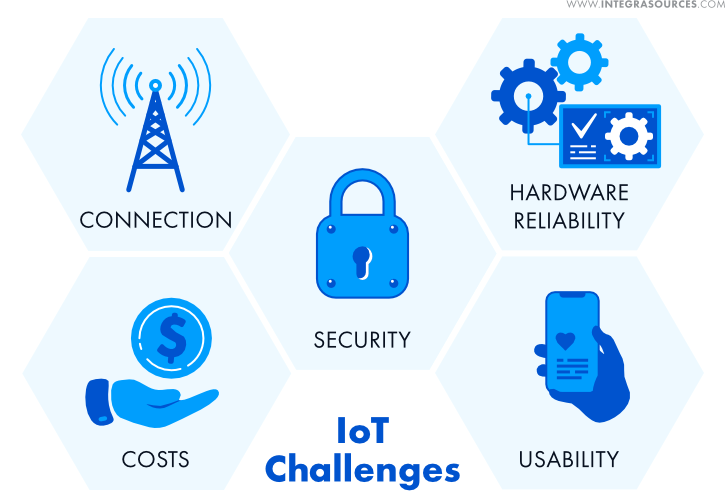
Hardware reliability
The quality of parts, such as sensors, determines the device's lifetime, along with the cost and frequency of maintenance.
Devices for critical infrastructure must have an increased margin of safety and reliability.
The fact that quality parts are usually not cheap must be taken into account when preparing for IoT product development.
Connection
The connection method is of great importance for the functionality of IoT because, without a reliable connection, IoT becomes useless.
What wireless network to choose depends on the device's parameters and operating conditions, as well as the characteristics of the working enterprise equipment.
Developers use several communication protocols for IoT product development to improve the reliability and efficiency of connected devices.
Usability
The competition in the IoT market is high, so device usability is becoming an important quality and a competitive advantage.
A user-friendly interface, the ability to work offline, and cross-platform applications for communication with the IoT from various devices make the system more attractive.
Security
Security is a vital IoT quality.
Since the IoT integrates several elements, such as hardware, software, data transmission and storage, network connectivity, etc., there are many ways for unauthorized access.
To prevent data from being stolen or corrupted, as well as to protect the code, you need to make sure that communications between the device and the cloud, as well as the server stack, are protected from hacking. Security professionals can test all system components for vulnerabilities.
Costs
IoT creation, and especially IoT business development, is pricey. Updates and maintenance also add to the cost.
Properly conducted preparatory work and careful budget planning can negate many difficulties.
It is necessary to entrust custom IoT development to an experienced team of professionals so that the implementation and operation of connected devices do not become unbearable for the enterprise. Integra Sources can become your trusted partner in IoT development, improvement, and maintenance. Our team has the necessary skills for competent IoT app development and hardware design.
Conclusion
The IoT market is showing incredible growth and is undoubtedly affecting every aspect, whether it be business and its performance or the home appliances of the average household.
In the foreseeable future, the Internet of Things will track people and monitor cars, houses, cities, crops, production, and much more.
Artificial intelligence technologies and multiple wireless networks are expanding the capabilities of IoT systems and accelerating the connected device market's development.
Share this article


Related
materials
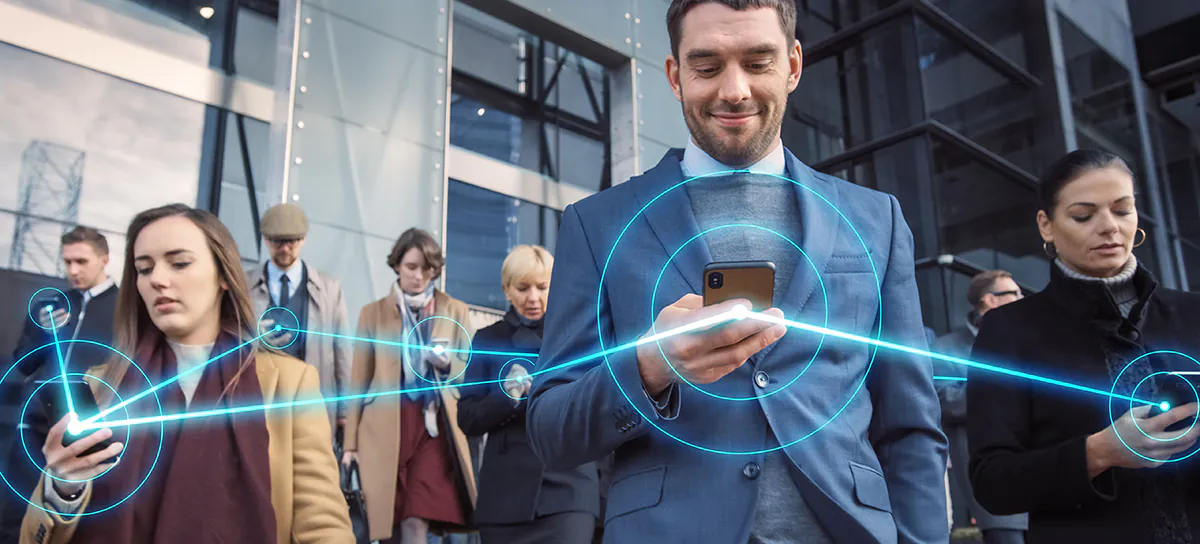

Development of cross-platform Qt applications for BLE-based systems
What makes BLE so popular? Bluetooth Low Energy (BLE, Bluetooth LE, also known as Bluetooth Smart) is a form of...
LEARN MORE
LEARN MORE

IT Project Discovery Phase: What's That, and What Does It Do?
The project Discovery Phase is aimed at helping you arrange a flawless development process that will provide you with suitable...
LEARN MORE
LEARN MORE
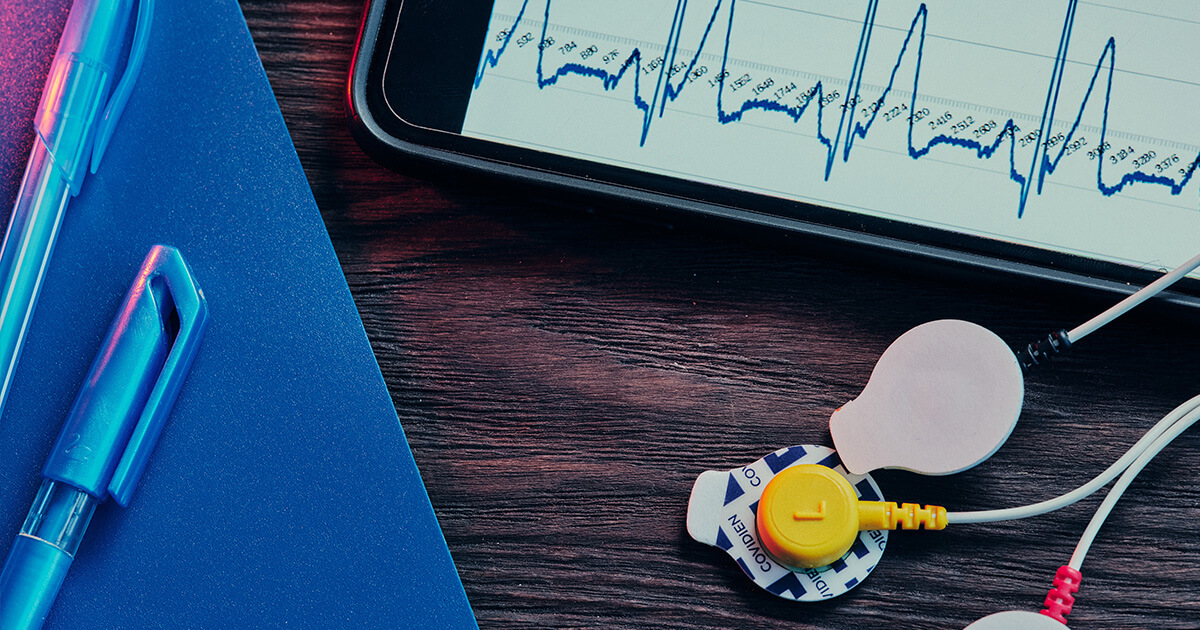
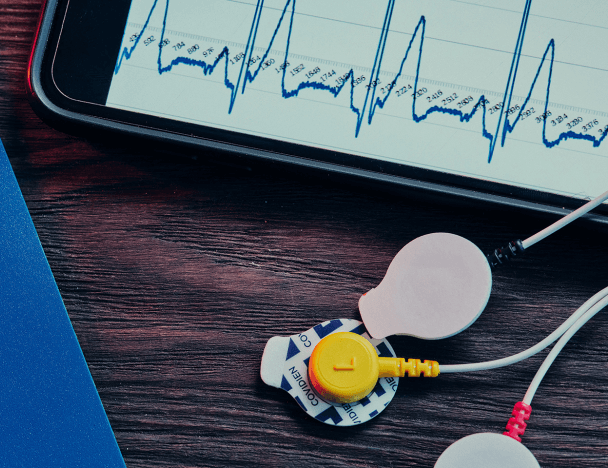
Real-Time Signal Processing for Wearable Electrocardiogram Device
We developed an Android app and firmware for a wearable ECG device for the University of East London, which did...
LEARN MORE
LEARN MORE


